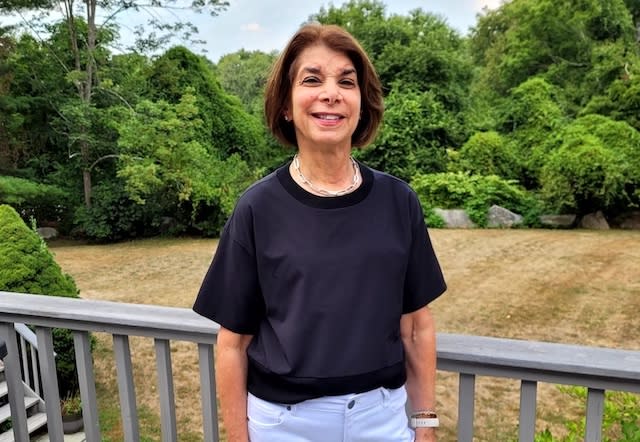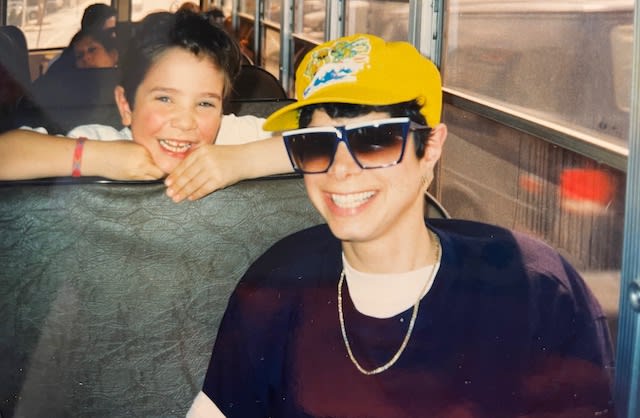Woman Recounts 30-Year Breast Cancer Journey, Details Initial Diagnosis At Age 38

In 1989, Ronni Ginsberg was 38 years old and went to her doctor for a routine gynecological exam where her doctor noticed a lump in her left breast. Being so young, with no family history of breast cancer, both Ronni and her doctor were not initially concerned.
“He said, ‘It’s probably nothing, but have it checked out,’ and sent me to a general surgeon at Stamford Hospital,” Ronni recalled, remembering that at the time her two children were just 5 and 3 years old. A lumpectomy confirmed that the lump was cancerous – and Ronni began her over 30-plus year battle with breast cancer.
“This first diagnosis was stage 2, and it had spread to the lymph nodes,” Ronni said. “I underwent chemotherapy and radiation at Stamford Hospital. It was very different from treatment today, but my surgeon was amazing and I always felt like I was in very good hands.”
Ronni gets emotional when she recalls this point of her life: undergoing cancer treatment while trying to parent two young children.
“My parents lived close by and they helped out, but it was really traumatic for me with two little kids,” she said. “I lost my hair and for me that was the hardest part. The whole diagnosis was shocking, and just out of left field. Where did this come from? I always eat healthy. I exercise. I was relatively young.”

After completing treatment, Ronni experienced early menopause and her care team kept a close eye on her. She underwent mammograms and MRIs every six months and was recommended to an endocrinologist for premature osteopenia, or bone loss. About three years later in 1992, during one of her routine checkups, her doctor noticed a lump in her right breast which wound up to be cancerous.
“After another lumpectomy, I had to undergo chemo and radiation again,” Ronni recounted. “Thinking back to the smell of the chemo the first time … It would make me gag, just awful.”
She remembers treatment being a bit easier to handle the second time, and since they were able to spot the cancer early, it hadn’t spread. During this time, Ronni was approached to join a clinical trial taking a closer look at the genes that are related to breast cancer. It was then she learned she had the BRCA1 gene mutation, which meant she had an increased risk for several cancers including breast and ovarian cancers.
“It was sort of a piece of the puzzle that came together and I thought, ‘OK, that’s why I got sick,’” Ronni said. “That information was very valuable to me in moving forward with my treatment because I felt like there was something I could do prophylactically to prevent further cancers.”
In 1996, Ronni underwent a prophylactic oophorectomy (surgical removal of one or both ovaries) to reduce her chances of developing ovarian cancer.
Then 27 years later, again during a routine mammogram, Ronni’s doctor found something troubling.
“I thought we were done, and it had been over 27 years since my last diagnosis … Even though what they found was in the very early stages of cancer, Dr. Pass, the co-director of the breast-center and chief of breast surgery at Stamford Hospital, recommended a bilateral mastectomy.”
Although Ronni did not need chemo or radiation, the mastectomy was “a real roller coaster ride,” she said.
Today, Ronni is in good health and remains a part of the Bennett Cancer Center and Stamford Health by raising money for the annual Hope in Motion walk and volunteering for the Girlfriends’ Paint the Town Pink Luncheon.
“I just can’t say enough about the doctors and nurses at Stamford Health. We are so fortunate, and so lucky to have such great care right here in Stamford. They are amazing – the whole Bennett Cancer Center team.”

